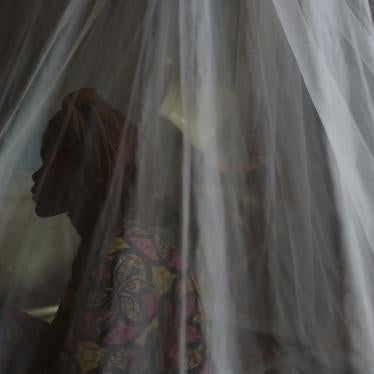Thank you, Mr. Chairman.
Discussions on cluster munitions have been ongoing in the forum of the 1980 Convention on Conventional Weapons (CCW) for more than a decade. Since 2007 a Group of Government Experts (GGE) has been meeting regularly to negotiate a new legally binding agreement.
We find this lengthy process and its draft protocol problematic.
First, the draft protocol before us would not have the significant humanitarian benefits some people argue. The text is weak and is replete with exceptions, loopholes, and deferral periods that concretely undermine any impact of an effective prohibition. The so-called ban elements in the text would not prohibit cluster munitions that have been demonstrated to cause unacceptable humanitarian harm. Instead the text would legitimize the continued production, stockpiling, use, and transfer many of the most dangerous types into perpetuity.
For example, states would still be able to produce, stockpile, and use cluster munitions with submunitions like the self-destructing M85 submunition used in Iraq, Lebanon, and Georgia, and the 9N210 submunition used in Georgia.
In addition, any international agreement based on a one percent failure rate will be fatally flawed by its dependence on unverifiable national implementation measures, and it would be impossible to certify global compliance with the norm. Under this scenario, it is easy to envision situations where a type of cluster munition produced before 1980 is considered to be prohibited by one state and exempted by another.
Second, the argument that a CCW protocol would capture most of the major users, producers, and stockpilers of cluster munitions is not convincing or backed up by sound data. It neglects the fact that the Convention on Cluster Munitions includes many former users, producers, and stockpilers of cluster munitions.
States have also failed to demonstrate with concrete data what the impact of the 1980 date would have on current stockpiles. Only one state party to the CCW that has not joined the Convention on Cluster Munitions, the United States, has disclosed the size of its stockpile: nearly 5.5 million cluster munitions containing nearly 730 million submunitions. What little data on stockpiles does exist suggests that the quantities of cluster munitions produced before 1980 may in fact be quite modest. For example, it is unclear if cluster munitions already removed from the active inventory and designated for demilitarization were included in the tally that resulted in the claim that up to 40 percent of the US stockpile would be prohibited.
Additionally, while the US General Accounting Office noted in 1981 that the US had produced only 966,000 M483A1 155mm artillery projectiles by that time, the total inventory of this type was reported in 2004 to the US Congress to total 3.9 million projectiles. Thus it appears that only 25 percent of the most common type of cluster munition in the US inventory was produced before 1980
We call on CCW states parties-instead of continuing to negotiate a weak protocol-to join the Convention on Cluster Munitions, which absolutely bans and effectively addresses the humanitarian problems of cluster munitions.
An extended version of our analysis is available in the back of the room.
Thank you.






